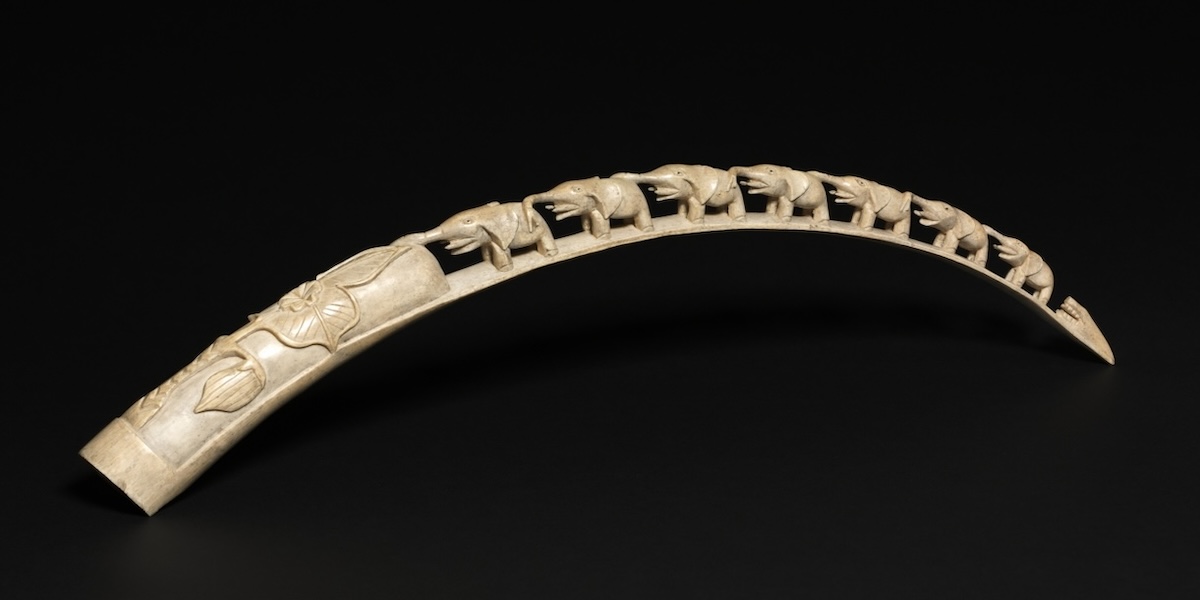AFRICAN ELEPHANTS
STUDYING POPULATIONS ACROSS TIME, SPACE, AND SCIENTIFIC FIELDS
African elephants are declining by 8% per year continent-wide (Chase et al. 2016, PeerJ). The ongoing decline started in 2006 with a rising demand for ivory and the poaching crisis has reached the worst level since the 1970s and 1980s, when elephant populations were reduced from 1.3 million to 600,000 individuals (Wasser et al. 2004, PNAS). Based on the African Elephant Status Reports in 2007 and 2016, elephant numbers in Africa declined by ~20% in a decade. Besides poaching, elephants continue to be under a lot of pressure from habitat loss and human-elephant conflict.
The latest assessment, released in March 2021, officially split the African elephant into two separate species, the savanna and forest elephants. Not only this, but assessing the species conservation status separately for both species allowed a more appropriate assessment of the population trends. And the news is not good. While until 2021, African elephant was categorized as "Vulnerable" by the IUCN Red List of Threatened Species, after being split into separate species and a reassessment in a new census, the savanna elephant is now considered "Endangered" and the forest elephant is even in the "Critically Endangered" category (Gobush et al. 2021).
I am currently leading two projects focused on African elephants.STAMPEDE: Spatial and Temporal Analysis of Modern and Past Elephant DivErsity was my Marie Skłodowska-Curie Actions fellowship project that ran 2021-2023 and focused on generating a map of genomic diversity for the African savanna and forest elephants. In 2024-2028, I am leading a follow-up project focused on analysing elephant diversity in the past, through five millenia of ELEPHANT IVORY TRADE and imports to Europe. This research is supported by a Branco Weiss Fellowship: Mapping the European ivory trade through time using genomics and a FORMAS Research projects for early-career researchers: A Genomic Investigation of the Diversity Lost to the Elephant Ivory Trade.


